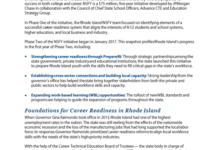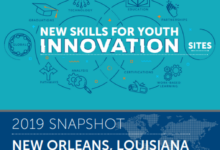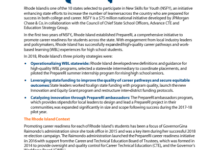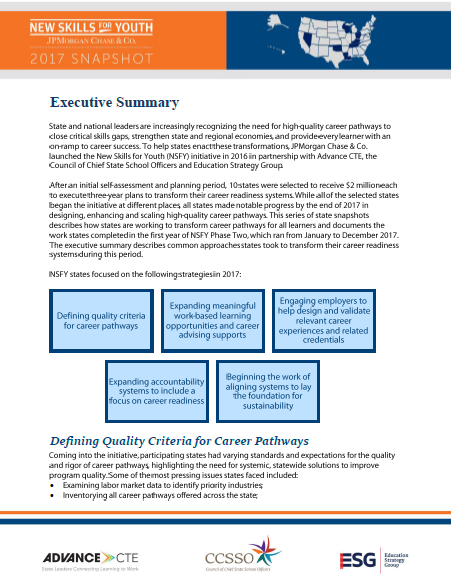State and national leaders are increasingly recognizing the need for high-quality career pathways to close critical skills gaps, strengthen state and regional economies, and provide every learner with an on-ramp to career success. To help states enact these transformations, JPMorgan Chase & Co. launched the New Skills for Youth (NSFY) initiative in 2016 in partnership with Advance CTE, the Council of Chief State School Officers and Education Strategy Group.
After an initial self-assessment and planning period, 10 states were selected to receive $2 million each to execute three-year plans to transform their career readiness systems. While all of the selected states began the initiative at different places, all states made notable progress by the end of 2017 in designing, enhancing and scaling high-quality career pathways. This series of state snapshots describes how states are working to transform career pathways for all learners and documents the work states completed in the first year of NSFY Phase Two, which ran from January to December 2017. The executive summary describes common approaches states took to transform their career readiness systems during this period.
NSFY states focused on the following strategies in 2017:
- Defining quality criteria for career pathways
- Expanding meaningful work-based learning opportunities and career advising supports
- Engaging employers to help design and validate relevant career experiences and related credentials
- Expanding accountability systems to include a focus on career readiness
- Beginning the work of aligning systems to lay the foundation for sustainability
To view individual state NSFY snapshots, click here.







